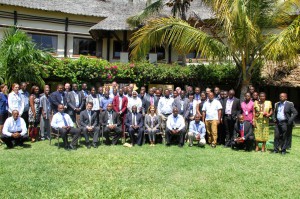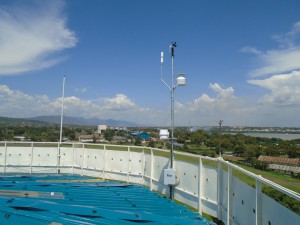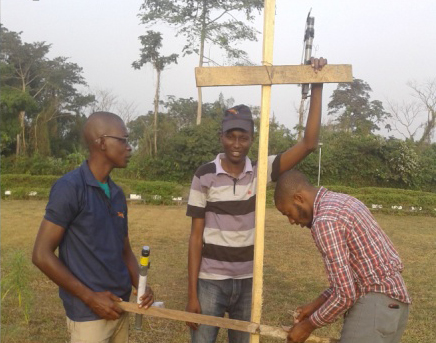 In another remarkable success, in early February 2015, TAHMO was selected as one of 16, from over 500 applicants, for the Rockefeller Foundation/USAID “Global Resilience Challenge”. This project will be carried forward as a team, with partners including Earthnetworks (USA), African Centres for Lightning and Electromagnetics (ACLE, Uganda), Uganda Chartered Healthnet, and Human Network International (USA).
In another remarkable success, in early February 2015, TAHMO was selected as one of 16, from over 500 applicants, for the Rockefeller Foundation/USAID “Global Resilience Challenge”. This project will be carried forward as a team, with partners including Earthnetworks (USA), African Centres for Lightning and Electromagnetics (ACLE, Uganda), Uganda Chartered Healthnet, and Human Network International (USA).
The project will start by defining the current situation with extreme weather losses (including over 3,000 deaths from lightning per year in the area surrounding Lake Victoria alone), moving then to laying out a practical and sustainable solution. TAHMO’s proposal includes an Early Warning System (EWS) development and validation project in Uganda. This EWS will detect and alert heavy weather events so agricultural production can be improved and industry and services are protected. The grant is provided in a series of stages, which if successful will yield over US$1,2M to the effort. During stage 2 of the Global Resilience Partnership, teams will propose solutions and implementation plans. The final winners of the second stage will receive a grant to implement and scale up their solutions in each region. This will be announced in September this year.

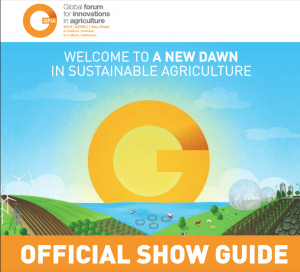
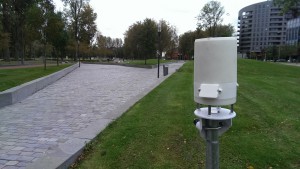
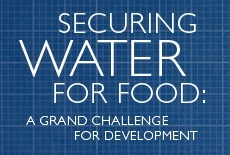 Following the official kick-off in Stockholm Sweden, the Securing Water For Food (SWFF) project is taking off. The final contract was signed on November 21, 2014, and Zachary Dunn (TAHMO’s East Africa Field Director) will be starting his three-year SWFF-funded effort in Kenya starting January 1, 2015. In the first year, the SWFF funding allows for the purchase of up to 25 stations, moving to 65 stations per year in the second and third years. The project includes Kenya, Tanzania, Uganda, Rwanda, and Burundi. We are seeking customers for the East African data, and are currently in discussions with several significant potential clients.
Following the official kick-off in Stockholm Sweden, the Securing Water For Food (SWFF) project is taking off. The final contract was signed on November 21, 2014, and Zachary Dunn (TAHMO’s East Africa Field Director) will be starting his three-year SWFF-funded effort in Kenya starting January 1, 2015. In the first year, the SWFF funding allows for the purchase of up to 25 stations, moving to 65 stations per year in the second and third years. The project includes Kenya, Tanzania, Uganda, Rwanda, and Burundi. We are seeking customers for the East African data, and are currently in discussions with several significant potential clients.